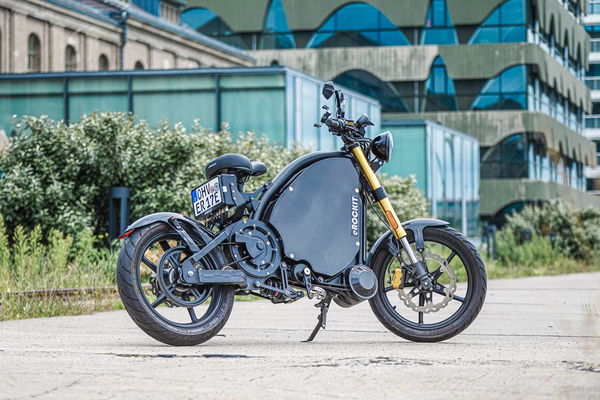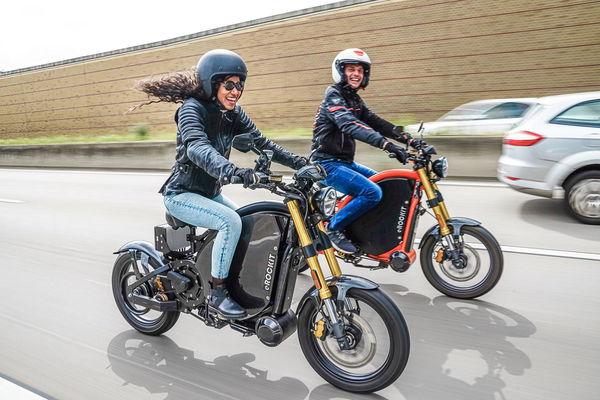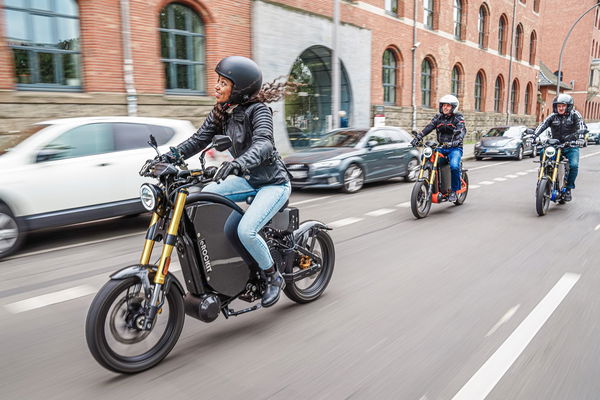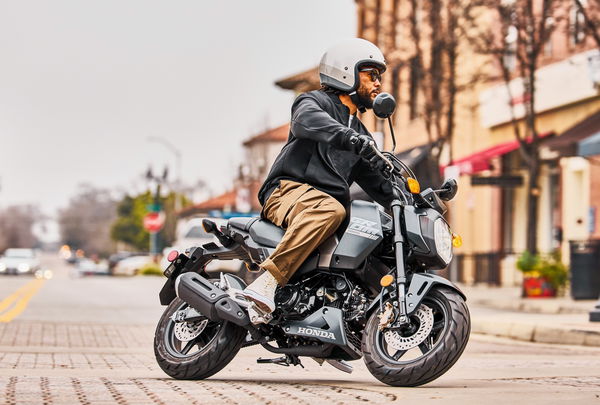When does an electric motorcycle stop being a motorcycle?
As electric bikes become increasingly common, it is curious to see the alternative approaches that the new technology offers to manufacturers.

The eRockit is a motorcycle out of Germany that is powered both by an electric motor and the legs of a human.
So, is it an e-bike akin to an Intense Tazer, or the range produced by Ducati? Well, the visuals should be the answer.

It is certainly a vehicle that blurs the lines between bicycle and motorcycle, although not in the way of the early motorcycles of the first years of the 20th century. Instead, this is an electric motorcycle that shares similarities with bicycles, rather than the opposite way.
However, one of those similarities is fairly major. Instead of a twist grip on the right handlebar, the motion of pedalling is essentially the throttle. The harder you pedal, the more power the electronics of the eRockit tells the motor to provide to the rear wheel.
In a way, it is possible to imagine that this would be intuitive, because pedalling is not something which is uncommon to many people, who have cycled since they were a child. But, on the other hand, it is possible to imagine that there could be some problems: if the rider’s legs get tired, for example, and they begin to pedal with less intensity. eRockit say that “the user experiences breathtaking acceleration with relatively little effort,” on their website, so perhaps this is also not an issue.

Either way, it is hard to pass too much judgement without actually trying it firsthand, but the idea is, while different from the norm, not disagreeable.
The eRockit has a range of 120km, and its 16kW motor means it is more powerful than most 125cc and 125cc-equivalent bikes, which is where much of electric motorcycling is currently focused. However, that extra kilowatt over the 15kW maximum for a UK A1 licence means that if it were to come to the UK at least an A2 would be required.











